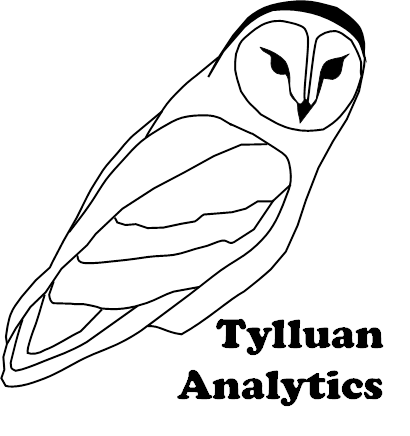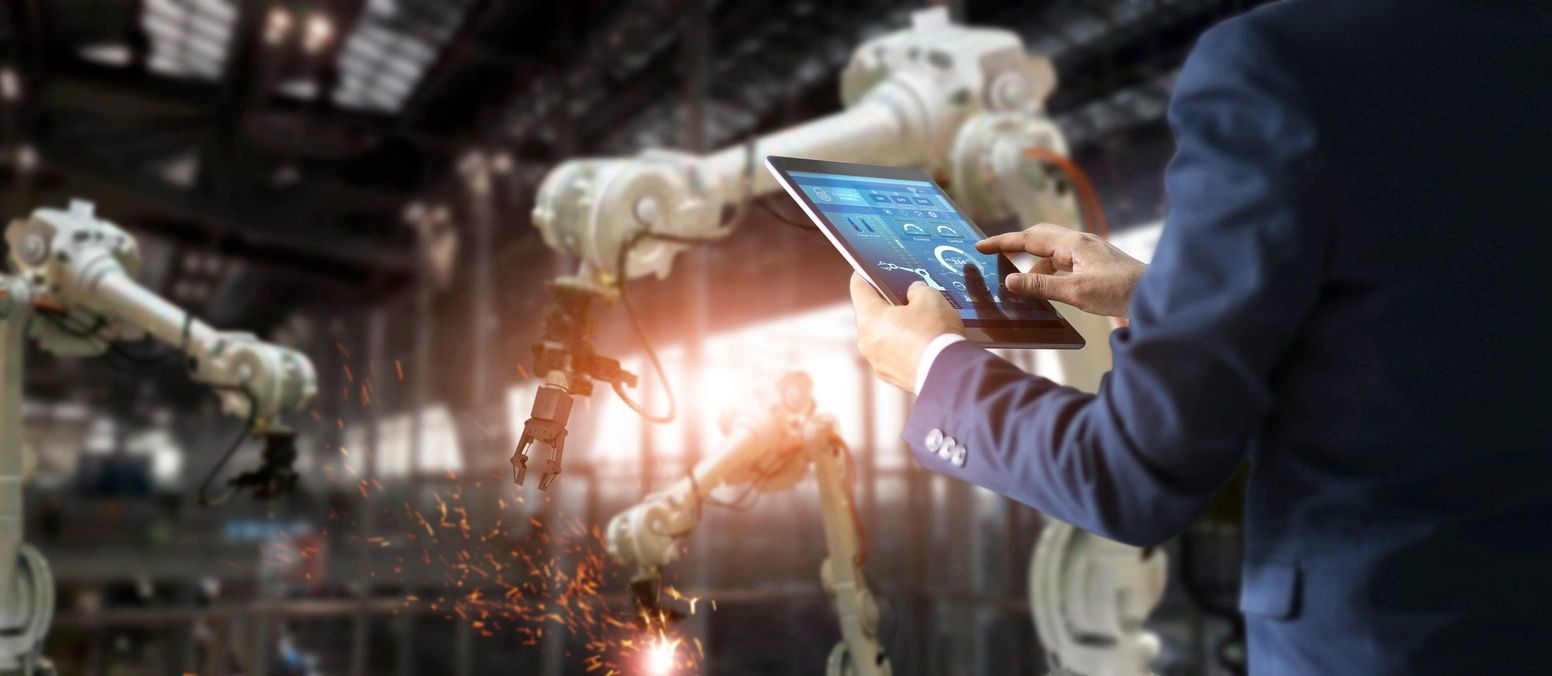A technology with the potential to disrupt every step in engineering design and manufacturing is Augmented and Virtual Reality. This tech will bring the human-computer interaction a new generation and have sweeping impact to the production industry with its digitalization. Augmented Reality (AR) enhances the user’s real-world experience by superimposing a computer-generated image into their field of view. However Virtual Reality (VR) digitally simulates products and environments where the user is immersed in and interacts with that environment, setting off their imagination. Both AR and VR intend to stimulate the human sensory system. The application of this technology in manufacturing is expected to have a compound annual grown rate of 39.2% between 2018 and 2026. The components that make up AR and VR systems include smart glasses, watches and headsets.
By utilizing AR and VR technology, a company can reduce product design to manufacturing risk while increasing productivity and safety. The engineering and manufacturing team can start visualizing the assembly of a product earlier in the design cycle with VR. In addition, the designers can provide virtual interactive assistance during manufacturing by troubleshooting problems real-time with AR. During production the manufacturing team can use AR to show virtual information on the assembly process to ensure accurate assembly and reduce production time. By utilizing the sensors in an AR system, the quality control team could use artificial intelligence algorithms to ensure a high-quality product is produced. New employees can train with a VR system to get familiar with the manufacturing process in a completely safe environment before touching hardware. With volatile markets, companies can utilize AR and VR to streamline engineering changes to existing product lines, increasing the company’s adaptability.
Many companies have already started experimenting with AR and VR in practical applications. GE conducted a productivity study utilizing AR smart glasses to assist employees walk through a manufacturing process for the first time and observed a 34.5% increase in productivity. Ford utilizes VR specialists to help engineers to design new vehicles and inspect the vehicles after production. DHL tested the application of AR in warehouse operations by having workers use smart glasses with graphics displaying the steps in their work flow resulting in a 25% efficiency increase.
With the advances in AR and VR technology over the years, there are still some hurtles that need to be overcome, especially during the production stage of the product life-cycle. The use of AR needs to be hands free and meet the safety regulations for the manufacturing processes. These constraints often include head coverings, work gloves and safety glasses, which limit the AR devices used. In addition, most AR devices currently are susceptible to noise, dirt and outdoor weather.

About Lindsey Edwards
With almost 15 years of experience providing data science, automated control system design and software development solutions in the Aerospace Industry, Lindsey Edwards brings cutting-edge analytics to solve today’s business problems.

